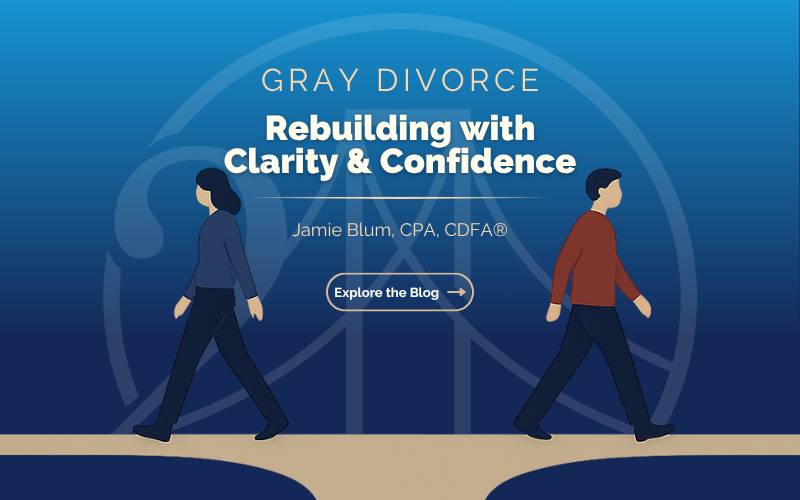Understanding Defined Contribution Retirement Plans in Divorce Settlements
Defined contribution retirement plans, such as 401(k)s, 403(b)s, and IRAs, are important financial assets, especially during a divorce. These plans can be held through an employer or individually in brokerage accounts, like Schwab or Fidelity, and contributions may come from both the employee and employer.
In a divorce, there are two common ways to value these accounts. One is to simply use the current balance from the latest statement. Another approach is to use an alternative date, like the date of separation, to determine the account’s value.
The rules governing contributions and growth vary by state. For instance, in Virginia, contributions made up until the date of separation (and market gains on those contributions) are considered marital assets, while contributions made after separation are considerate separate. This distinction is important for dividing assets during divorce.
Employer-sponsored plans often require a Qualified Domestic Relations Order (QDRO) to legally divide the account, while individual retirement accounts (IRAs) usually need a signed document for transfers. Tax implications also come into play, as direct rollovers between accounts incident to divorce typically avoid tax penalties, whereas withdrawals may incur taxes and fees.
It’s essential to consult a financial professional when considering cashing out retirement funds, as it may affect long-term financial goals. Additionally, after dividing retirement accounts, ensure your asset allocation and beneficiary information are updated to reflect the changes.
Dividing retirement assets during divorce can be complex, so working with a divorce financial planner and ensuring legal compliance with QDROs and other documentation is crucial to securing your financial future.




